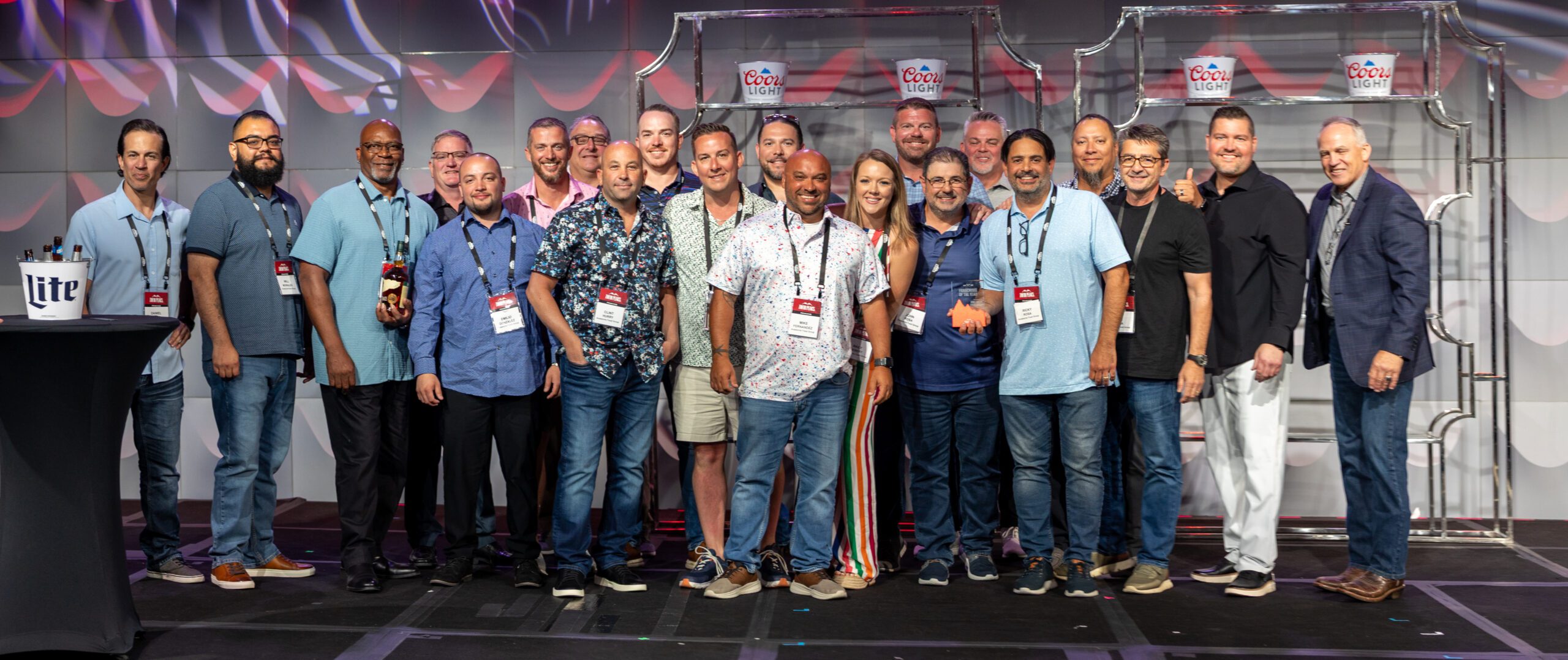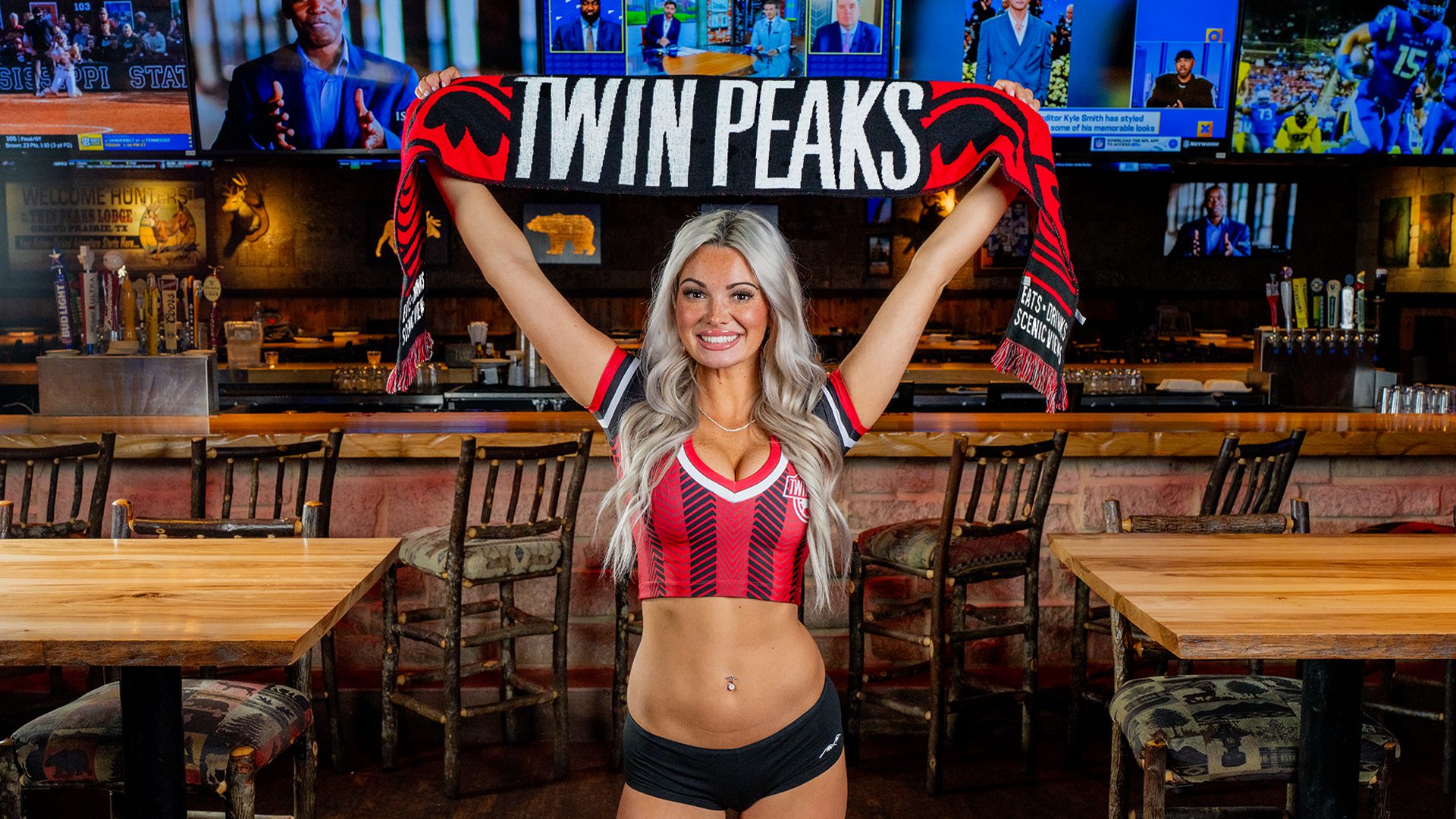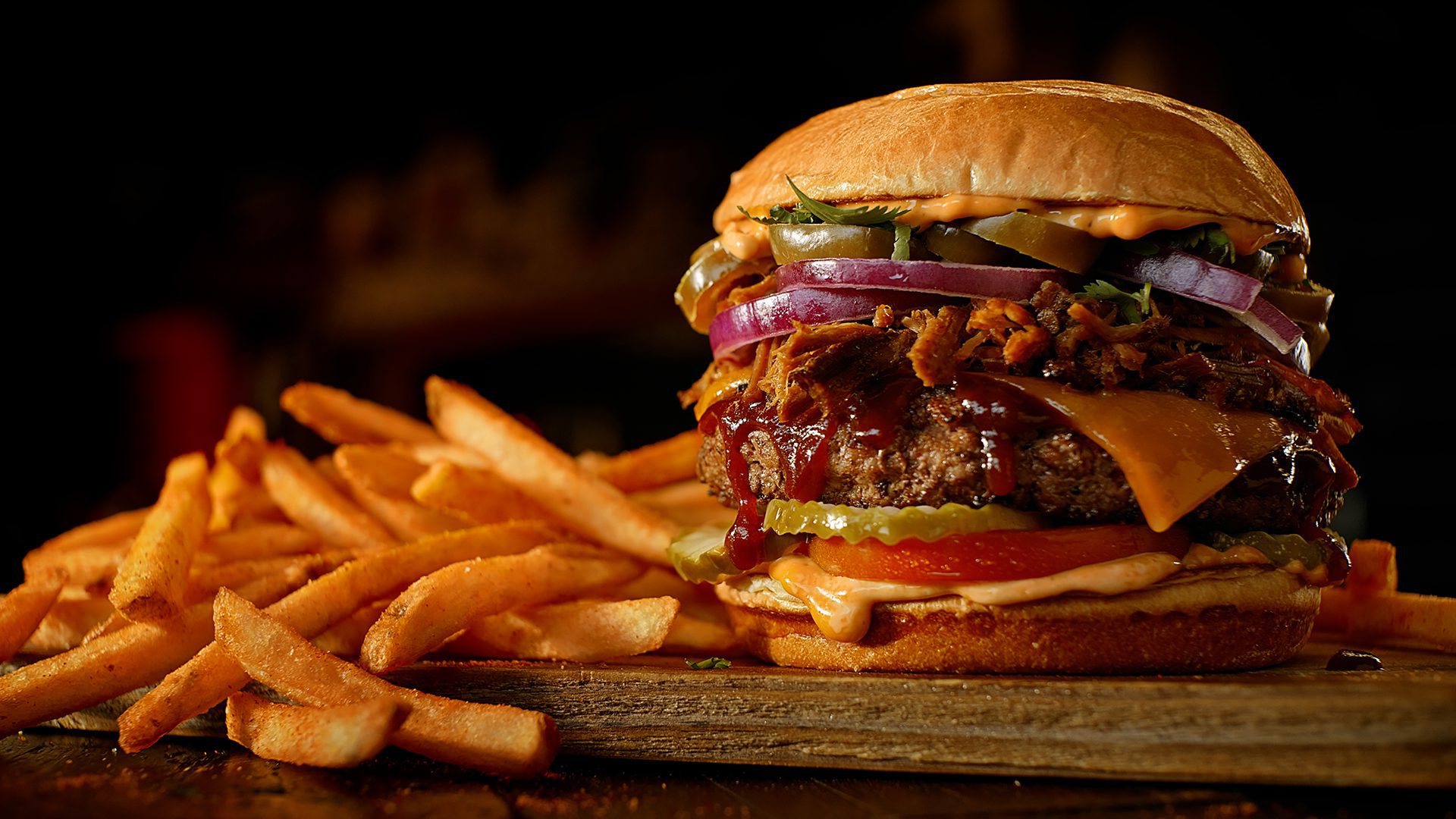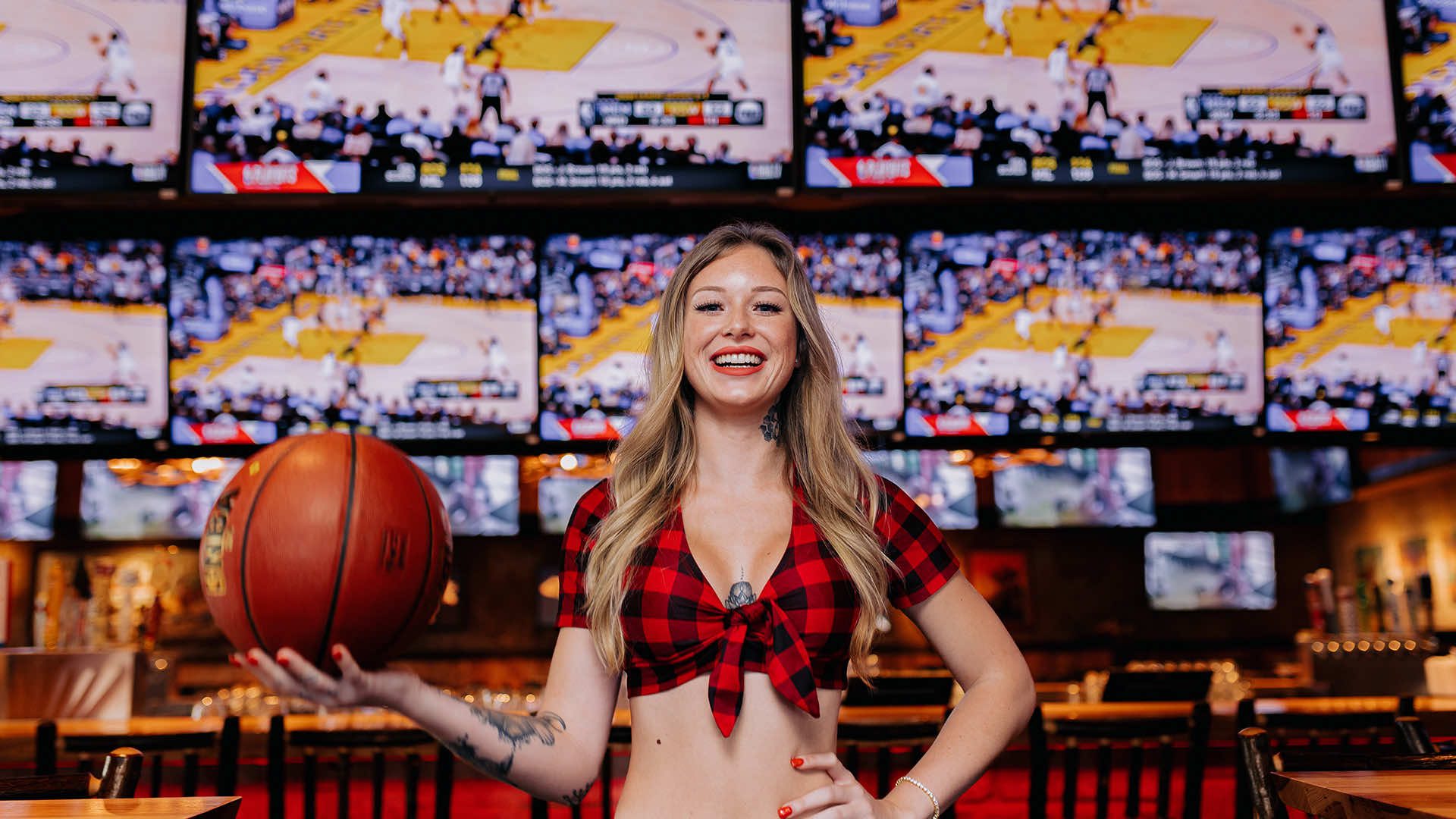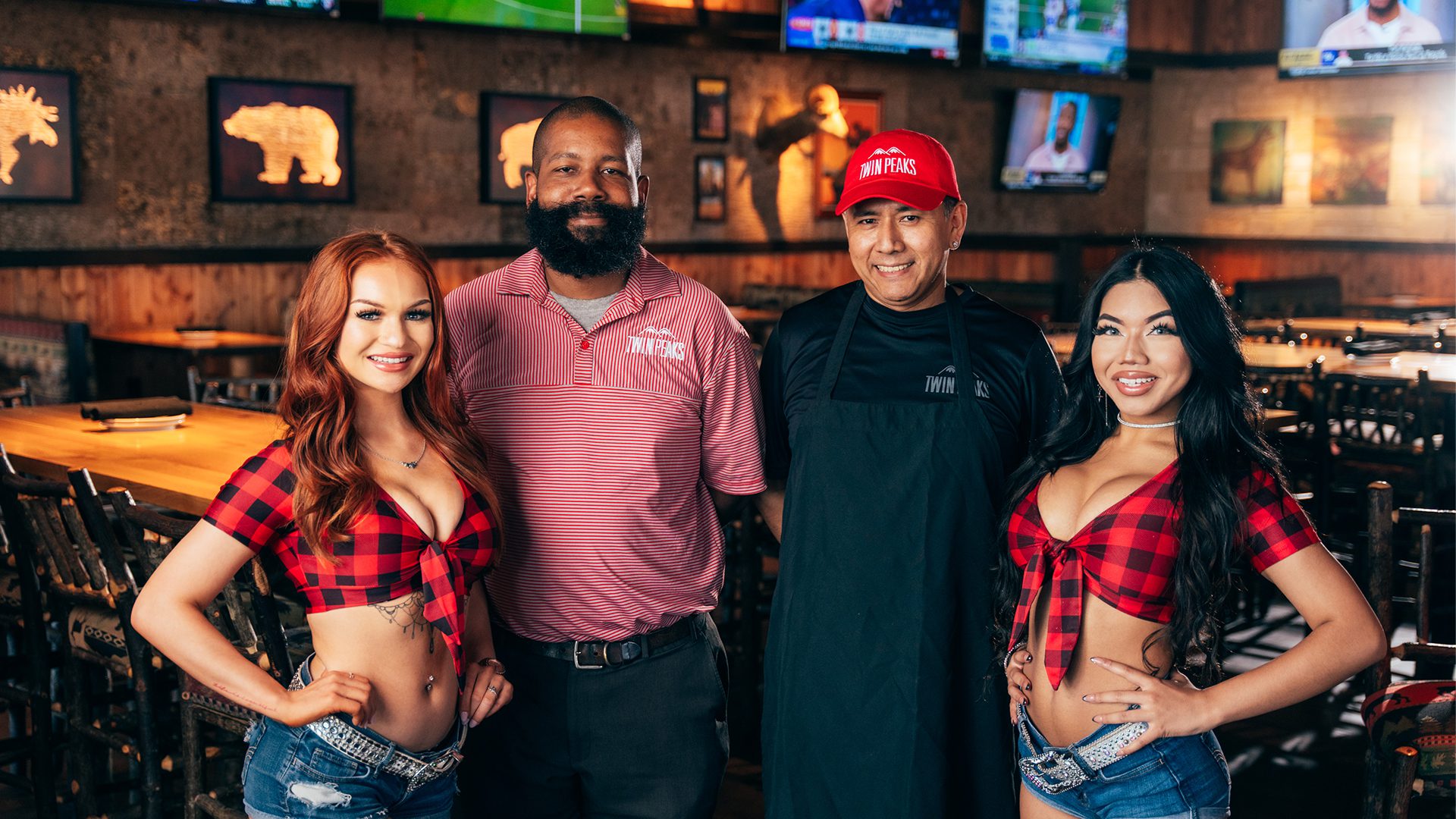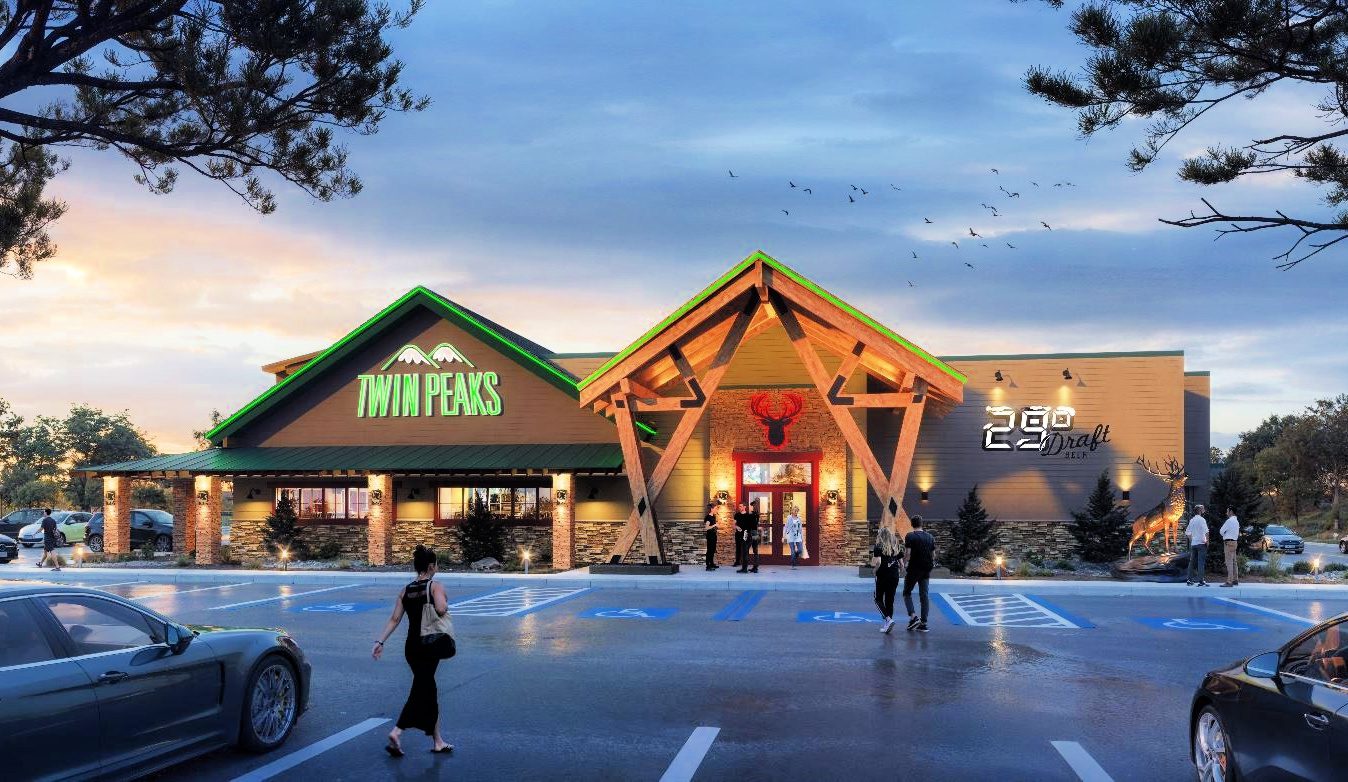Becoming a restaurant franchisee is an exciting opportunity, but it’s not a venture to rush into. Beyond choosing the right concept, there’s a significant amount of preparation needed to ensure you’re set up for long-term success — starting with your financial readiness.
Owning a restaurant franchise comes with numerous costs, ongoing commitments, and potential challenges. Of course, there are plenty of ownership benefits too. By doing your homework and laying a solid financial foundation, you can turn your restaurant franchise dreams into a profitable reality.
Understanding the Costs of Franchise Ownership
Before opening a franchise, it’s important to account for both upfront and ongoing costs. Here’s an overview of the key expenses you should consider:
Initial Franchise Fee
This is the upfront cost paid to the franchisor for the right to operate under their name and system. Initial franchise fees can range from $20,000 to $50,000 or more. This fee typically covers access to training programs, operational support, and the ability to use the brand.
Ongoing Royalty Fees and Advertising Contributions
Most franchises charge royalty fees as a percentage of your gross sales, often between 4% and 12%. You’ll likely contribute to a marketing fund as well that supports national advertising campaigns.
Real Estate and Location Costs
Securing an ideal location for your restaurant franchise can significantly impact both traffic and profitability. Costs for real estate will depend on factors like size, location, and market conditions.
Equipment and Inventory Expenses
Outfitting your restaurant with equipment like ovens, fryers, furniture, and signage requires a substantial upfront investment. In addition, stocking your inventory with initial food and beverage supplies can add up quickly. Many franchisors provide guidance or preferred vendors to help streamline these purchases, but it’s vital to include these costs in your startup budget.
Working Capital Requirements
Beyond the upfront expenses, you should have enough working capital to cover operational costs during the early months of your business. Working capital includes payroll, utilities, rent, and other ongoing expenses. Most franchisors recommend having at least six months saved before you open.
Assessing Your Financial Situation
Are you ready to make the investment? Having a clear understanding of your assets, creditworthiness, and access to funding is necessary to start building a profitable business.
Personal Savings and Assets
Your personal savings and assets often form the cornerstone of your investment in a restaurant franchise. These include liquid savings, retirement accounts, and even equity in personal property. Franchisors usually require franchisees to meet specific financial requirements. Being able to cover a substantial portion of the initial investment yourself can enhance your financial stability and reduce your dependence on borrowed capital.
Net Worth and Credit Score Considerations
Most franchisors evaluate your net worth and credit history as part of the approval process.
Net worth formula is calculated as your total assets minus liabilities and provides a snapshot of your overall financial health.
Your credit score reflects your ability to manage debt responsibly. Both metrics can impact your ability to secure financing and meet franchisor requirements.
Funding Options for Franchise Ownership
With several options to secure capital, it’s important to understand what each funding source entails and how it aligns with your financial situation. Here are some common funding options available to aspiring franchisees:
Small Business Administration (SBA) Loans
SBA loans are a popular option for franchisees due to their relatively low interest rates and long repayment terms. Designed to support small business owners, SBA loans often require a lower down payment than traditional bank loans as well.
Traditional Bank Loans
Many franchisees opt to borrow directly from a financial institution. To secure a bank loan, you typically need strong financials, a solid business plan, and good credit.
Franchisor Financing Programs
Some franchisors offer in-house financing programs or partnerships with third-party lenders to help franchisees get started. These programs can provide funding for startup costs, equipment, and other initial expenses.
Personal Savings or Home Equity
For franchisees who have sufficient resources, using personal savings or tapping into home equity may be an effective way to fund the investment without relying on external debt.
Creating a Financial Plan
A solid financial plan is essential for the long-term success of any restaurant franchise. It acts as a roadmap, helping you anticipate income, manage cash flow, and establish realistic financial goals.
Projected Income and Expenses
Start by estimating your potential revenue and costs. Research average sales for similar franchise locations, factoring in variables like location and menu offerings. On the expense side, account for everything from rent and utilities to inventory, salaries, and ongoing fees.
Cash Flow Management
Proper cash flow management is critical to keep your business running smoothly. Positive cash flow means more money is coming in than going out — a necessity for covering daily operations, reinvesting in the business, and handling unexpected expenses. Regularly monitoring your inflows and outflows allows you to plan for periods when cash might be tight.
Break-Even Analysis
Understanding when your franchise is likely to break even is an important part of your financial plan. A break-even analysis gives you clarity on how much you need to sell to cover your costs and turn a profit. This analysis also helps determine if your revenue goals and business strategy are realistic or if adjustments are needed.
Long-Term Financial Goals
Finally, outline clear financial objectives for the future of your franchise. Are you aiming for year-over-year growth in profits? Planning to open additional locations within five years? Looking to pay off loans early? Long-term goals guide your decision-making, encouraging you to balance immediate needs with sustainable business growth.
Risk Management and Contingency Planning
Running a successful restaurant franchise isn’t just about projecting profits; it’s also about preparing for the unexpected. Here’s how to address key elements of risk management:
Managing Unforeseen Costs and Emergencies
No matter how detailed your financial plan, surprises are inevitable. Whether it’s equipment failures, rising food costs, or economic downturns, unanticipated expenses can strain your cash flow if you’re not prepared. Establishing a contingency fund ensures your franchise has a financial safety net to weather emergencies.
Insurance Coverage for the Business
Adequate insurance is a critical layer of protection for any restaurant franchise. Coverage for general liability, property, workers’ compensation, and business interruption ensures that you’re prepared for everything from kitchen accidents to natural disasters.
Exit Strategy Considerations
While it may seem counterintuitive to plan your exit before your doors are even open, having a well-thought-out exit strategy is part of effective risk management. Whether you plan to sell your franchise after building it up or transition it to new ownership over time, setting expectations early ensures the process goes smoothly.
Building a Support Team
The team behind you can make or break the success of your new restaurant franchise. Establishing a strong support network ensures you’re making sound financial decisions, staying compliant with regulations, and setting your business up for long-term profitability.
Hiring Financial Advisors and Accountants
A reliable financial advisor can guide you through budgeting, financing, and strategic decision-making. An experienced accountant helps you understand tax laws and identifies deductions specific to your restaurant operations. Together, these professionals can provide insights to maximize profits and keep you informed about your franchise’s financial health.
Consulting with Franchise Experts
Franchise consultants bring valuable expertise to the table, helping you navigate the intricacies of franchise ownership. They can provide guidance on understanding your franchise agreement, adhering to operational standards, and identifying potential challenges you might not foresee.
Building Relationships with Lenders
Whether you’re financing your franchise with loans, investors, or lines of credit, having solid relationships with lenders is vital. Take the time to shop for the most favorable loan terms, interest rates, and repayment plans, keeping your long-term financial stability in mind.
A strong support team lays the foundation for confidence in the face of challenges. By leaning on qualified professionals and fostering key partnerships, you can focus on your passion for running a successful restaurant franchise knowing every financial and operational detail is well-managed.
Conclusion
Preparing for a new restaurant franchise is a rewarding, and detailed, journey. To set a strong foundation, start early and take the time to understand costs, assess your financial situation, explore funding options, and build a robust financial plan.
Add a strong support team and proactive risk management, and you’re well on the way to a franchise you can be proud of.
Want to dig in and learn more about starting your own Twin Peaks franchise? Call our franchise team at (972) 941-3160 or submit a franchise inquiry. Our team will be happy to answer any questions you may have about owning a Twin Peaks franchise.
